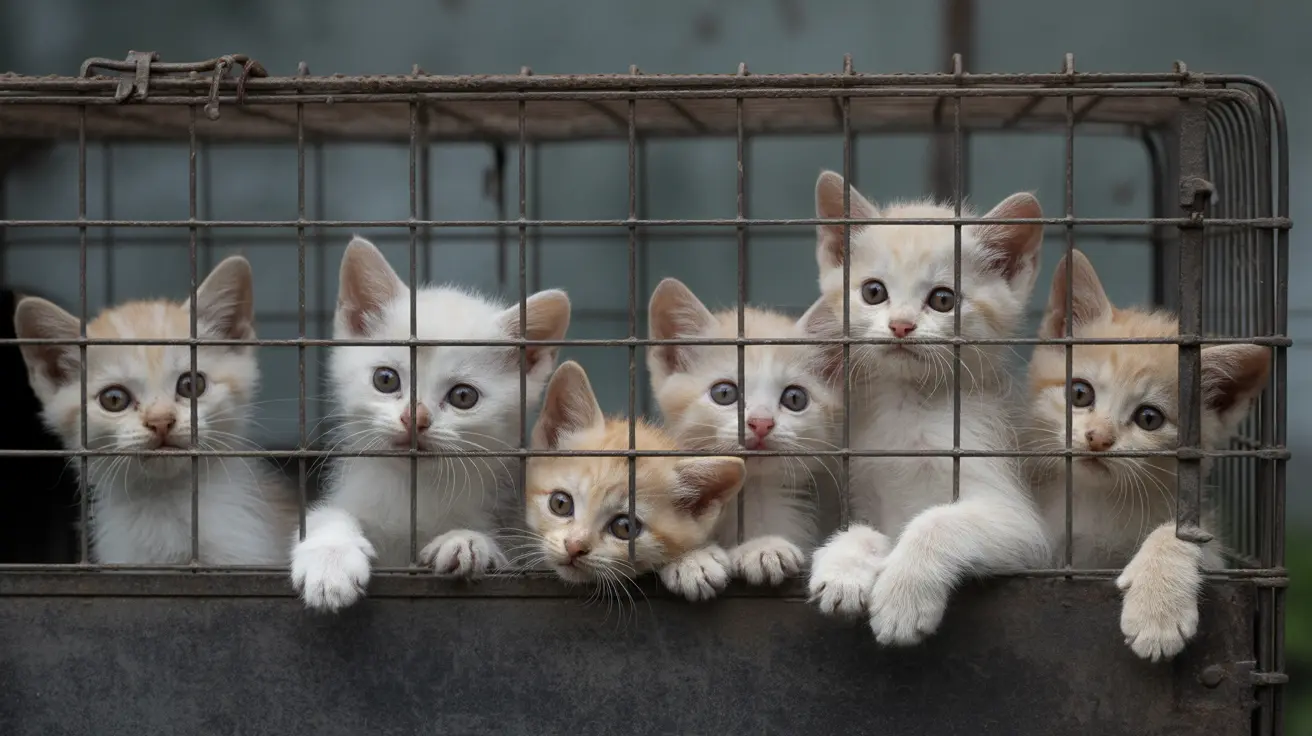A disturbing case in North Alabama has brought renewed attention to the critical intersection between child neglect and animal cruelty, highlighting why recognizing animal cruelty signs is essential for protecting both vulnerable children and pets. Deputies discovered children and animals living in deplorable conditions while serving an eviction notice, leading to charges against two women and underscoring the urgent need for community awareness.
The discovery occurred when law enforcement officials arrived to serve legal documentation, only to find a home environment that posed serious health and safety risks to both human and animal occupants. This case exemplifies how animal neglect often coincides with other forms of household dysfunction, making it crucial for pet owners and community members to understand warning signs and reporting procedures.
Understanding Animal Cruelty Signs in Household Settings
The Alabama incident demonstrates how quickly living conditions can deteriorate when proper care standards are abandoned. Animal cruelty signs in domestic settings often include unsanitary conditions, lack of basic necessities, and environments that pose health risks to all occupants.
Pet owners should be aware that healthy animals require clean living spaces, regular feeding, access to fresh water, and appropriate shelter. When these basic needs aren't met, animals suffer both physically and psychologically. Signs of neglect include animals appearing malnourished, showing signs of illness without veterinary care, living in waste-covered areas, or displaying behavioral changes indicating distress.
The Connection Between Child Neglect Alabama Cases and Animal Welfare
Research consistently shows strong correlations between child neglect and animal mistreatment in household environments. When children are found in unsafe conditions, animals in the same home often face similar neglect or abuse. This connection isn't coincidental—it reflects broader issues with caregiving capacity, resource management, and understanding of basic care requirements.
Alabama child welfare professionals increasingly recognize these patterns, understanding that addressing animal welfare concerns can be an important pathway to identifying and preventing child endangerment. This integrated approach helps protect all vulnerable household members.
Animal Hoarding Alabama: Recognizing Warning Signs
While specific details about animal numbers in this case haven't been disclosed, animal hoarding situations frequently involve multiple pets in unsuitable conditions. Animal hoarding Alabama cases typically feature owners who acquire more animals than they can properly care for, leading to deteriorating health for all occupants.
Warning signs include homes with overwhelming odors, visible accumulation of animal waste, animals appearing sick or malnourished, and living spaces becoming uninhabitable due to animal-related debris. These situations often develop gradually, making early intervention crucial.
Animal Protection Laws Alabama: Understanding Legal Framework
Alabama's animal protection laws address various forms of neglect and cruelty, though enforcement and penalties vary by jurisdiction. Understanding these legal protections helps community members recognize when situations warrant official intervention and how to properly report concerns.
Legal standards typically require that animals receive adequate food, water, shelter, and veterinary care when needed. When these standards aren't met, law enforcement can intervene to remove animals from dangerous situations and hold owners accountable.
Community Response and Prevention Strategies
Effective prevention requires community awareness and willingness to report concerns through appropriate channels. Pet owners can play crucial roles by understanding normal animal behavior and care standards, recognizing when situations appear problematic, and knowing how to contact local authorities or animal welfare organizations.
Building supportive community networks also helps identify households struggling with caregiving responsibilities before conditions become dangerous. Early intervention programs can provide resources and education to prevent situations from deteriorating to crisis levels.
Frequently Asked Questions
What are the signs of animal cruelty and neglect that pet owners should watch for?
Key warning signs include animals appearing malnourished or sick, living in unsanitary conditions with accumulated waste, lacking access to clean water or adequate shelter, showing signs of injury without veterinary care, and displaying behavioral changes indicating fear or distress. Homes with overwhelming odors or visible neglect of basic care needs warrant concern.
How are child neglect and animal cruelty connected in Alabama homes?
Research shows strong correlations between child neglect and animal mistreatment, as both often reflect broader household dysfunction, inadequate caregiving capacity, or resource limitations. When children are found in unsafe conditions, animals in the same environment frequently face similar neglect, making integrated welfare approaches increasingly important.
What should I do if I suspect animal hoarding or neglect in my neighborhood?
Contact local animal control, law enforcement, or animal welfare organizations to report concerns. Provide specific observations about conditions you've witnessed, but avoid confronting suspected neglect situations directly. Professional investigators can properly assess situations and take appropriate action while ensuring safety for all involved.
Moving Forward: Protecting Vulnerable Populations
The North Alabama case serves as a stark reminder that animal welfare and child protection are often interconnected issues requiring comprehensive community responses. By understanding animal cruelty signs and maintaining awareness of household conditions that pose risks to both children and pets, communities can better protect their most vulnerable members.
Effective prevention requires ongoing education, accessible reporting systems, and coordinated responses from multiple agencies. As this case demonstrates, early intervention and community vigilance remain our best tools for preventing dangerous situations from developing and ensuring all family members—human and animal—receive the care and protection they deserve.






